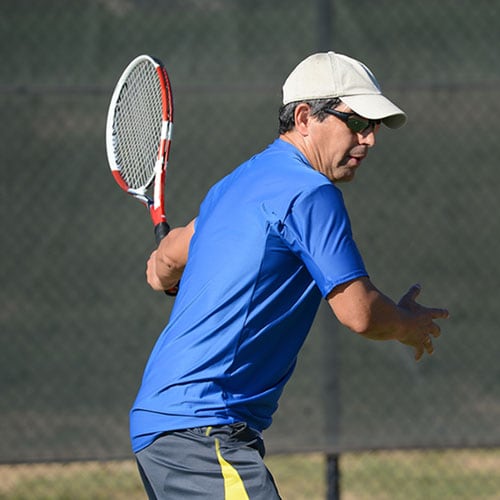Shoulder Resurfacing
While performed with less frequency than knee and hip replacement procedures, shoulder resurfacing provides a viable recovery option for patients suffering from pain and disability. There are a number of shoulder surgery options, and the best approach will be determined following assessment of a range of factors. For younger, more active patients, shoulder resurfacing offers a more conservative treatment option, as compared with total joint replacement.
Shoulder Anatomy and Conditions
A ball-and-socket joint, the shoulder is integral to the completion of basic arm movements, including lifting, carrying, and throwing. Damage may result from wear-and-tear over time, or be associated with a traumatic injury, as from a fall or other impact. In determining the specific condition present, both specific damage location and severity will be assessed via manual examination, x-ray, and other diagnostic tests.
The Surgical Procedure
Shoulder resurfacing allows for replacement of only the humeral head’s surface or both the socket (glenoid) and humeral head. The diseased and/or damaged bone will be smoothed and then covered with a stemless, cap-like prosthesis. This procedure is an option should the patient fulfill the following qualifications:
- Young (or physiologically young), active patient
- Healthy bone quality
Other procedures such as total shoulder replacement typically require removal of a larger joint area, which will likely increase both the level of post-op pain and overall recovery time. If the above requirements are not met, or if there is a desire for further removal of humeral bone, Dr. Pritchett and his team will likely recommend another corrective approach. Should a shoulder resurfacing be completed it often provides a permanent solution to the patients needs.
Post-Op Expectations and Recovery
Prior to surgical completion, expectations will be established as to required physical therapy and resulting recovery time. Many patients will be required to wear a sling for 2–3 weeks after the operation, and may utilize prescription painkillers for the management of any discomfort. While a return to many basic activities, such as writing and driving, will be possible following this period, special efforts should be taken to avoid shoulder external rotation. In accordance with the individual patient’s rate of recovery, Dr. Pritchett and his team will be able to advise as to when more advanced activities and sports may be resumed.
Learn More About Shoulder Resurfacing
Dr. Pritchett specializes in the completion of should resurfacing and other joint replacement procedures. If experiencing advanced shoulder pain or damage, schedule an appointment at his office (206) 323-1900.
See our clinical experience with Ceramic Coated Shoulder Resurfacing »
Specialties
- Hip Replacement
- Hip Resurfacing
- Hip Resurfacing Videos
- Partial Knee Replacement
- Knee Replacement Surgery
- Shoulder Resurfacing
- Total Shoulder Replacement
- Outpatient Joint Replacement
- Joint Replacement for Metal Sensitive Patients
- Surgery for Nerve Injury
- Superior Approach for Hip Implant Surgery
- Two Operating Rooms
- Robotic Assisted Surgery

